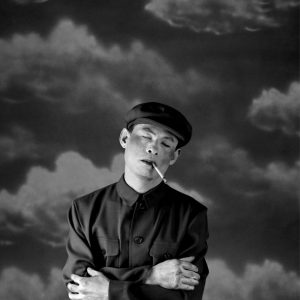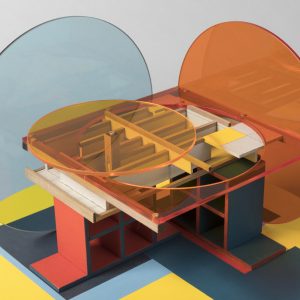
From the Vault: ‘I feel triangle’: art can help us confront our emotions and come to terms with them
Gwen Riley Jones refelcts on a blog first written in May 2022 discussing early work with Salford Youth Council and the origins of 'feeling triangle'.

